|
136
|
|
|
VH-AAY at Parafield - YPPF.
|
|
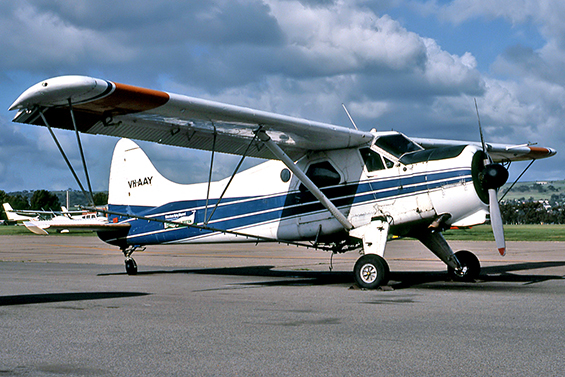 |
|
|
Photo: Unknown photographer © 03 September 1983 - Danny Tanner Collection - AustAirData
|
|
|
VH-AAY with Superspread Celebrating 30 years sticker.
|
|
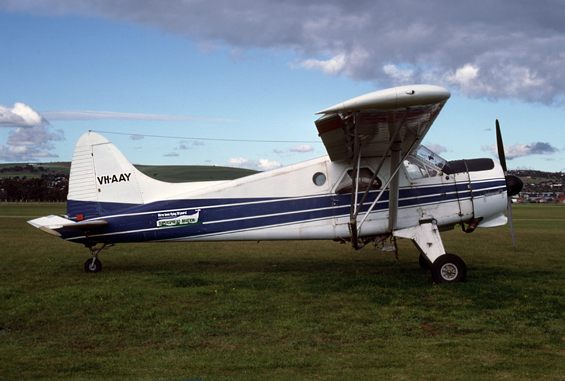 |
|
|
Photo: Unknown photographer © - Aird Archives
|
|
|
VH-AAY at Bankstown, a well worn Beaver !
|
|
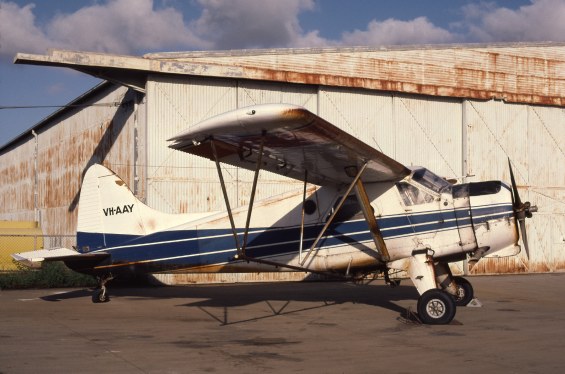 |
|
|
Photo: Peter Keating © 22 February 1981 - Kenneth I. Swartz Collection
|
|
|
VH-AAY at Cootamundra, NSW.
|
|
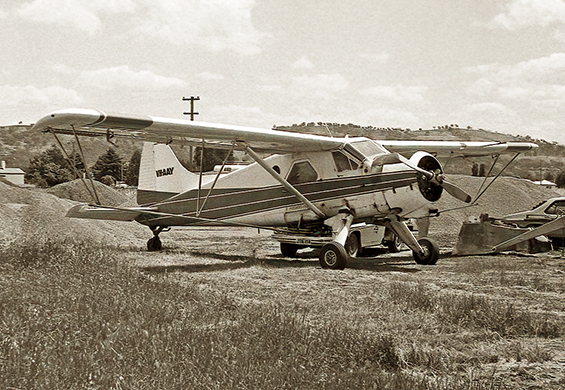 |
|
|
Photo: Unknown photographer © 16 November 1971 - John Rodger Collection - Aird Archives
|
|
|
VH-AAY at Bankstown, N.S.W.
|
|
 |
|
|
Photo: Unknown photographer ©13 March 1971 - David Carter Collection - AustAirData
|
|
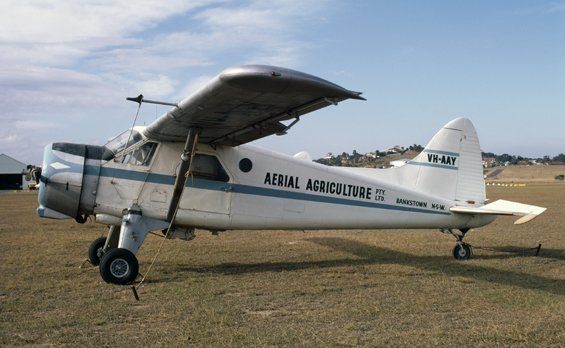 |
|
|
Photo: Unknown photographer © 21 June 1970 - Michael J. Ody Collection
|
|
|
VH-AAY with stable mate VH-IDC at Cambridge airport, Tasmania.
|
|
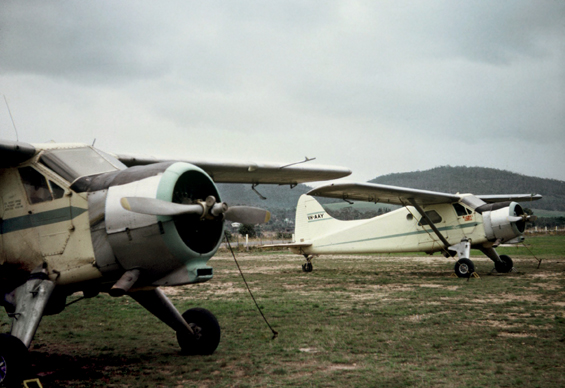 |
|
|
Photo: Warwick Bigsworth Collection © c.1966 - Aird Archives
|
|
|
VH-AAY at Cambridge airport, Tasmania.
|
|
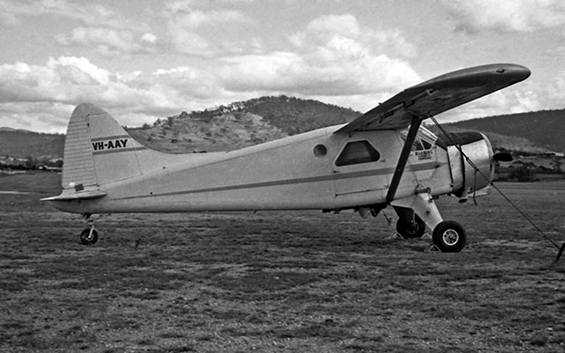 |
|
|
Photo: John Roger © 15 March 1966 - Aird Archives
|
|
|
VH-AAY while working in Tasmania.
|
|
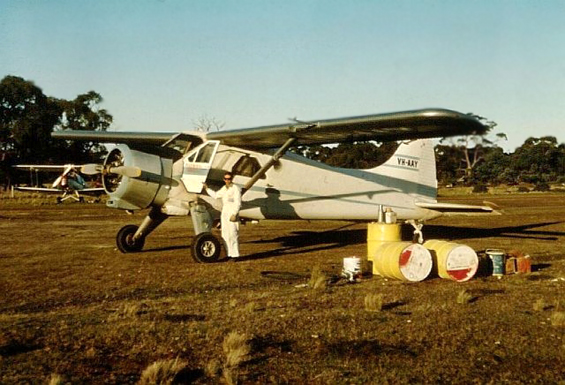 |
|
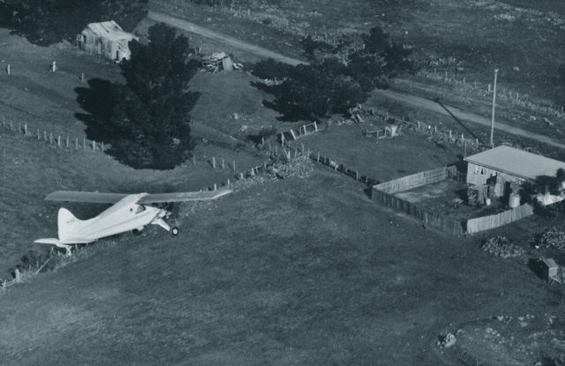 |
|
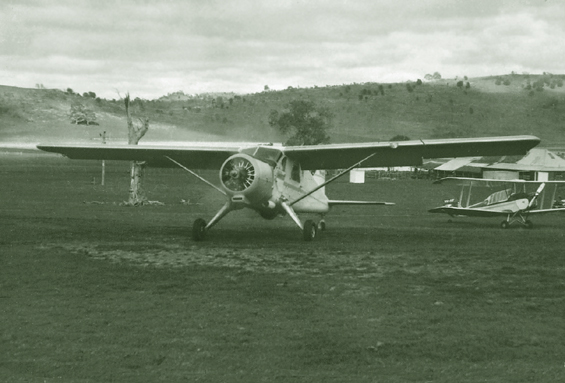 |
|
 |
|
 |
|
 |
|
|
Photos: Peter Reardon © 1965 and 1966
|
|
|
